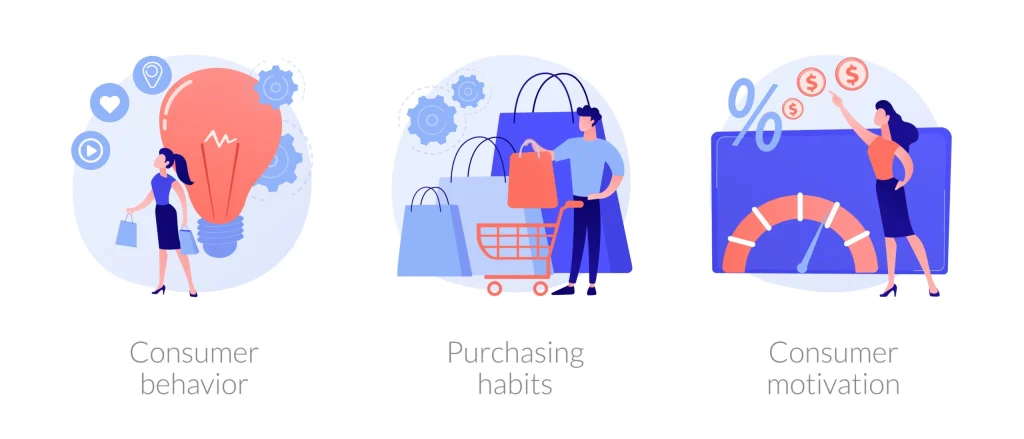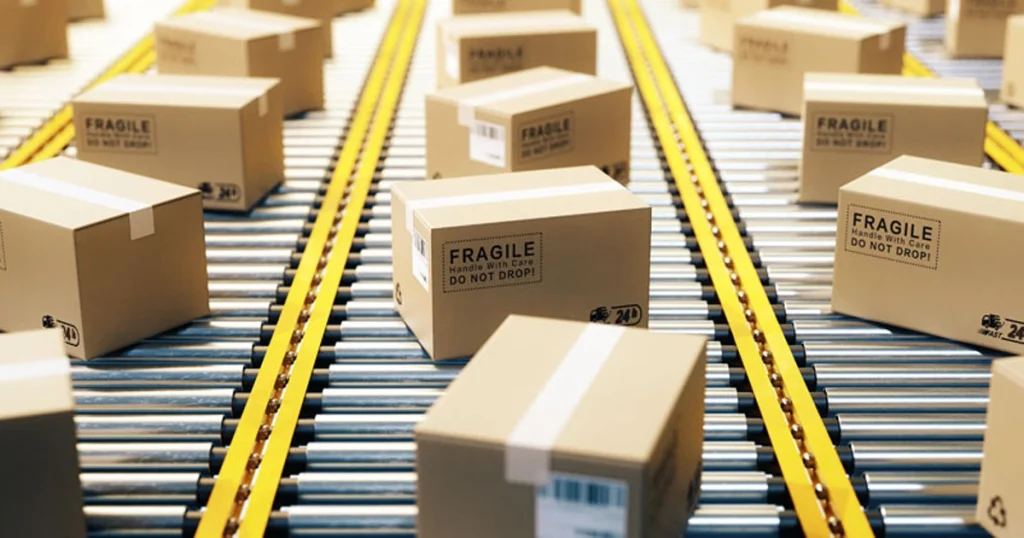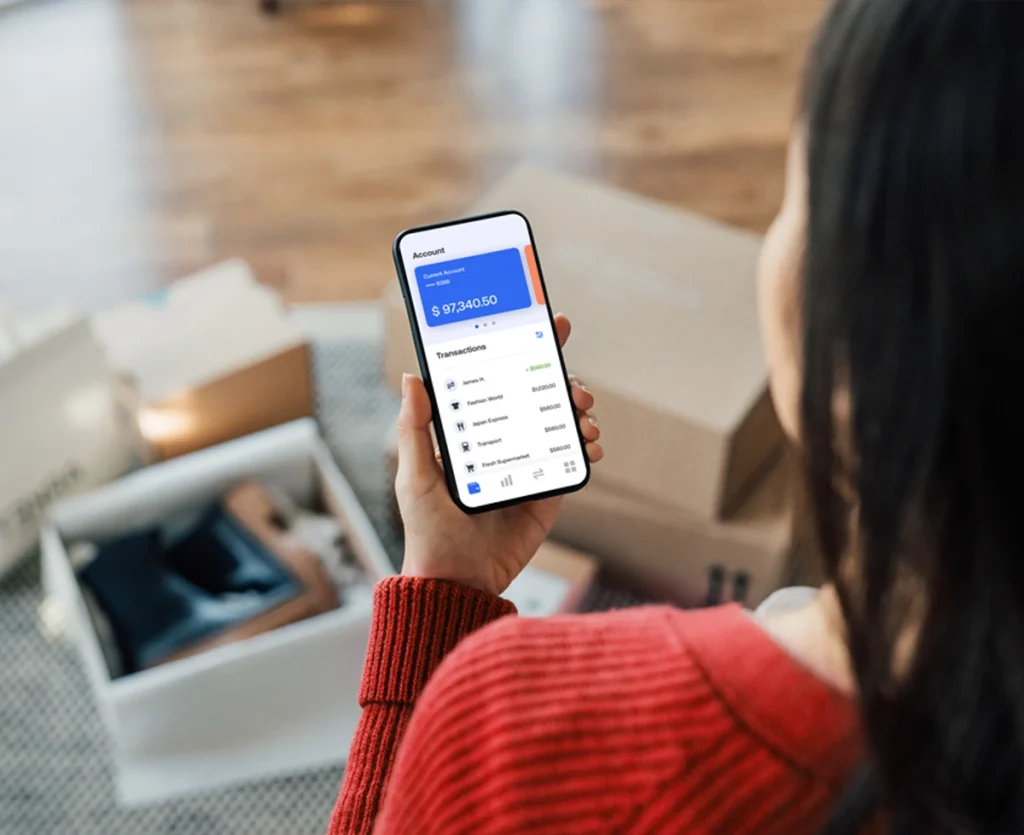The use of predictive analytics on high-quality data can lead to numerous ways of enhancing a retail business. In this article, let’s dive into the ten most-used ways to apply predictive analytics in retail, along with some notable examples of real-life case studies from successful retail brands and businesses.
Benefits of predictive retail analytics
Predictive retail analytics represents one of the four primary categories of retail analytics, alongside descriptive, diagnostic, and prescriptive analytics. This form of analytics is one step beyond than descriptive, diagnostic, as it leverages on historical data and correlations identified by diagnostic analytics to uncover hidden patterns, and forecast future customer trends. In an ever-changing retail sector, the adoption of this analytics is crucial if you would like to gain competitive advantage over your competitors.
If your business has successfully navigated through the previous two stages and is gearing up for more growth, it’s advisable not to delay the implementation of predictive analytics. This analytics type is expected to provide significant benefits (as below) to your business and aid in staying ahead in the competitive retail landscape.
- Demand Forecasting: Predictive analytics, which relies on historical customer data, proves invaluable for retailers in anticipating future customer trends. This, in turn, assists retailers in planning for seasonal fluctuations, promotional strategies, and new product launches. The outcome is a reduction in the risks associated with excess inventory or missed sales opportunities.
- Optimized Supply Chain & Inventory Management: Retailers can realize substantial cost savings in holding inventory by harnessing predictive analytics to avoid overstock and stockouts. Furthermore, they can streamline their supply chain operations by predicting delivery times, identifying potential disruptions, and optimizing logistics.
- Dynamic Pricing: With a more accurate understanding of demand and market fluctuations, retailers can dynamically adjust prices to maximize revenue and gain a competitive advantage over their counterparts.
- Operational Efficiency: If retailers are operating both online channels and brick-and-mortar stores, it is crucial that they should optimize staff scheduling, store layouts, and product placements to improve operational efficiency.
- Revenue Growth: This is definitely the top-of-mind goals for every retailers, and this could be soon achieved by leveraging predictive analytics properly. By effectively optimizing operational costs while maximizing profits through customer acquisition and increased customer retention, predictive analytics paves the way for rapid revenue expansion.
10 Ways to apply predictive analytics in retail
The next part below is the 10 ways retailers could apply predictive analytics into daily operations.
1. Predict revenue
One of the most frequently applied usages of predictive analytics in retail is forecasting revenue. Information collected from a predictive analytics system can be valuable in various operation scenarios, such as determining the required financial services from a banking institution or evaluating the possibility of opening a new line of products in the next quarter based on the projected cash flow.
Initially, a basic revenue projection is usually based on an examination of historical data, but it can be further improved by data segmentation by product type, SKU, geographic information, brick-and-mortar store, and other relevant factors. These predictions, as a result, can generally result in more accurate top-line forecasts and growth.
2. Forecast product demand
If businesses want to calculate the possibility of revenue, they have to rely on product demand prediction. Much like revenue prediction, this technique involves figuring out the sales volume of a business by identifying sales patterns and conducting regression analysis, gathering ideas from internal professionals, and generating consumer opinions to determine changes or consistency in their needs and preferences.
Accurate product demand forecasting offers valuable internal and external insights into operational needs, which can enhance the effectiveness of supply chain management and analytics. This information also enables retail brands to optimize their inventory management through dashboards, resulting in better in-house product control and reduced costs associated with overstocking or stockouts.
3. Predict changes and trends
Predictive retail analytics methods frequently involve tracking patterns and trends from past to current data and projecting them into the future, assuming that such trends will continue to hold. However, we all know that customers’ preferences, technology, laws, material availability, and other variables are continuously changing, so predictive analytics can only alert businesses to changes and provide early warning signals, resulting in more timely alterations for operations.
Take the example of PepsiCo, using predictive analytics to forecast flavor trends and develop new flavors for Sensations crisps. They took advantage of historical data and warning signals to analyze ingredient trends and make predictions on which ingredients will gain popularity in the next six to 12 months. Therefore, when launching the testing phase, the scores were so high that they don’t have to fix their recipes much, which cut down the development time in half.
4. Offer personalized shopper recommendations
Enabling customers to find the products they desire is an efficient sales-boosting strategy, and personalized shopping recommendations are effective tools in this surge of the digital shopping era. With the help of customer data, advanced predictive analytics technology can produce tailored and precise product recommendations, which can be incredibly effective in driving sales and increasing customer satisfaction.
Personalized shopper recommendations can also be made by identifying a group of customers who share similar preferences to a particular individual and proposing products that the group collectively enjoys. Netflix employs this approach for its recommendations. In recent days, some AI-related methods have produced recommendations that are highly effective but are difficult for experts to understand thoroughly.
5. Analyze the market basket
Market basket items are the things that consumers frequently buy together. Therefore, retail businesses have to analyze and predict customer preferences by identifying items and grouping them up into categories. By analyzing transaction data, market basket analysis can identify frequently co-occurring items and use this information to make recommendations to customers or to inform business decisions such as product placement and marketing strategies.
Retailers can use this information in various ways, for example, suggesting salt to customers who buy pepper, offering coupons to customers who don’t purchase this combination, and stocking more salt during pepper sales to cater to demand. Market basket analysis can also facilitate further data exploration, such as identifying which brands of salt and pepper are most frequently purchased together.
6. Understand customer behaviors better

Predictive analysis can enable retail brands to visualize customer behaviors and gain valuable insights into how prospects and leads progress through the marketing and sales funnel to become customers. Therefore, retailers can gain a roadmap based on each touchpoint of the whole customer journey and identify areas where changes can be made to enhance the customer experience and drive sales.
To be more specific, collecting and analyzing customer behaviors can enable retail businesses to cross-sell, upsell to their existing consumers, and promote the right products to the right customers at the right time. Moreover, retailers can use this technique to detect customers who are at a high risk of leaving and develop strategies such as promotions and sales programs to retain them.
7. Optimize segmentation
By leveraging predictive analytics, retailers can effectively segment and target their customers by analyzing their purchase history and behavior. This enables retail brands to categorize customers into various groups and develop targeted marketing strategies. The success of marketing campaigns can also be evaluated through analytics, allowing retailers to predict the optimal timing for the next campaign.
Common ways of segmenting customers include gender, age range, income level, location, and more. Effective predictive retail analytics can offer a wide range of segmentation options and help retail businesses quickly determine which breakdowns are meaningful and which are not in order to take corrective actions to reduce risks, provide incentives to maintain relationships, and foster customer loyalty.
8. Enhance inventory management
Inaccurate analysis of demand and supply can result in the unavailability of popular products, leading to decreased sales and inaccurate data for future analysis. Fortunately, retailers now have access to predictive analytics tools that can identify product demand, slow-moving items, and dead stock. Real-time data enables retailers to take prompt action to make high-demand products available when they go out of stock at a particular location.

Moreover, by utilizing historical data from predictive analytics dashboards, retailers can predict the optimal products to stock, where to stock them, and when to stock them. This strategy optimizes revenue and streamlines the supply chain, enabling retailers to better cater to consumer needs, prevent lost sales, reduce inventory costs, and improve overall supply chain efficiency.
9. Enhance pricing options
By using predictive analytics, retail brands can promptly adjust to market conditions, create competitive pricing strategies, maximize profits, and ensure a long-lasting product. Analyzing competitor pricing data and predicting external factors like weather and real-time sales trends enables retailers to identify the best pricing options for their customers, stay ahead of competitors, and forecast future sales.
An excellent example of a company that effectively uses predictive analytics to optimize pricing decisions is Starbucks and its menu boards. The company can quickly and effortlessly make pricing adjustments in-store and display updated prices, timing these changes based on areas, weather conditions, and sales seasons for maximum benefit. This approach enables Starbucks to stay competitive, satisfy customers, and maximize profits.
10. Personalize the in-store experience
By analyzing customer data across multiple channels using predictive analytics systems, retailers can create personalized and customized offers for shoppers visiting brick-and-mortar stores. This approach involves tracking customer behavior to determine when and where they browse physical stores and online shopping sites.
Although Amazon is a prominent example of utilizing predictive analytics to deliver personalized online shopping experiences, retailers that operate physical stores can also leverage this technology to create customized and tailored offers in real time. Retailers can modify the in-store experience by providing incentives for frequent buying, which can lead to increased purchases and sales across all channels.
Examples of predictive analytics in retail
Below are mostly examples of how largest retail giants successfully applying predictive analytics into their operational processes:
Sephora

Sephora, as a global leader in the beauty retail industry, has been an early adopter and pioneer in the field of predictive analytics. The brand’s embrace of artificial intelligence from the early days has set it apart from other department stores and vertical competitors like Ulta. Today, in the era of booming digital channels, Sephora is taking full advantage of predictive analytics in retail to provide a highly personalized and tailored experience for customers visiting their online platforms. The homepage displays products specifically “recommended for you“, “you also like”, “new for you“, using a mix of past purchase and browsing activity.
Then, this brand also offers a loyalty program where they group customers into different levels based on how much they spend each year. They send personalized emails to these loyal customers with product suggestions that match their shopping habits. According to 80% surveyed by Beauty Insiders, they are very loyal to Sephora and they do not intend to switch to any other brands.
Starbucks

Data scientists working for Starbucks know what coffee you drink, how many cups of coffee you often drink per day, where you buy, and what time of day. To some extent, they might understand your taste better than you do. Starbucks, a prominent food & beverage brand, has already leveraged predictive analytics and artificial intelligence (AI) to promote a more personal experience.
Today, personalized marketing campaigns have evolved far beyond just sending discounts or coupons on a customer’s birthday. Starbucks is taking this a step further by integrating digital marketing with their physical stores to craft a complete and immersive experience for all customers. This approach aims to seamlessly blend the digital and in-store aspects of the Starbucks experience, providing customers with a holistic and engaging journey that goes beyond traditional marketing strategies.
Two examples of Starbucks and Sephora are just a very small part of how big retail giants applying technology into their work to make difference, and to transform customer service. That also explains why they always dominate the market, and why it would always challenging for any brands to catch up with.
It’s important to recognize that not every business can immediately implement predictive analytics in retail, due to the required investment in time, money, and effort. However, you could always make the first move towards your data-driven transformation journey, and it could lay the foundation for your future growth and success in that always-evolving industry.
Wrapping up
As businesses expand, retail analytics become increasingly vital, and the effectiveness of predictive analytics operations can determine whether a company gains a competitive edge or fails to weather the next economic downturn.
Also, if you are struggling to find a trusty data analytics partner, Synodus is here to help!
More related posts from Big Data blog you shouldn’t skip:
- Descriptive Analytics: What Is It & Why Retailers Need This?
- 6 Use Cases Of Prescriptive Retail Analytics (Examples Included)
- Sentiment Analysis: A Comprehensive Guide
How useful was this post?
Click on a star to rate it!
Average rating / 5. Vote count:
No votes so far! Be the first to rate this post.




